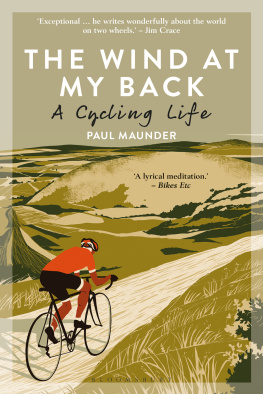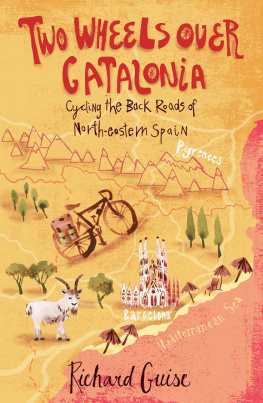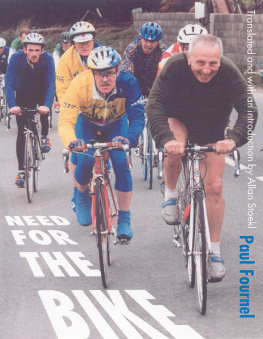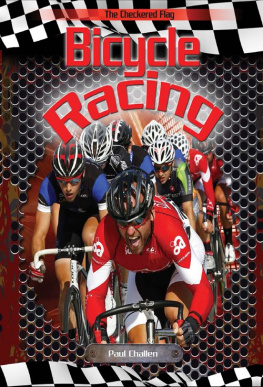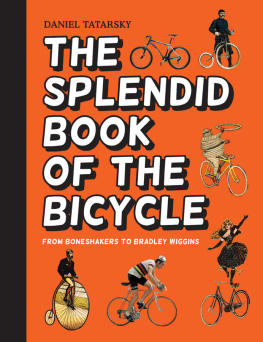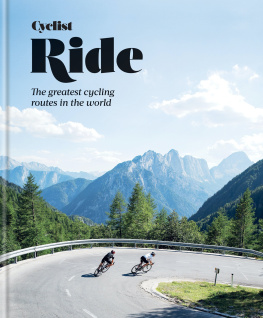
For my parents

Contents
A fox in the snow, as bemused as the rest of us. A London fox, lean and dirty, trotting down the middle of the deserted street, unafraid of a solitary human, moving from one pool of creamy street-light to the next, occasionally turning its head to check I was still following. A guardian-fox, escorting me home to my wife and baby daughter in their fug of roiling radiators and Christmas cooking. The ice encasing the pavement creaked beneath my boots the only sound, for there were no cars on the roads and no other pedestrians. Usually the rumble and squeal of nearby trains would be audible, but in this great Arctic blast everything was muffled by the snow that fell daily then froze. Every morning we commuters pulled on hiking socks and boots and picked our way along the newly treacherous pavements, using for traction the freshest snow and an occasional patch of shattered ice. At the train station the staff shovelled salt onto the platform while we waited for trains that wore icicle beards. Cycling into central London was theoretically possible the main roads were clear but ill-advised. In the city the cyclist puts his trust in those around him, the bus and taxi drivers, lorry drivers, other cyclists. The combination of slushy roads and sleep-swaddled drivers with Christmas party hangovers eroded my trust in others just enough to leave the bike in the shed.
Throughout that December the temperature barely crept above zero, the snowfall was both regular and heavy. On the hills of the Peak District the snow was measured at 30 inches. From shivering tip to shivering toe, Britain was white. Life went on, of course, but it was slower and quieter. Postmen struggled to get to remote snowy villages to deliver Christmas cards bearing scenes of remote snowy villages.
The day after Boxing Day I loaded up the car with presents and all the paraphernalia a six-month-old baby commands, squeezed in my wife, daughter and mother-in-law, and set off on the long drive to Northumberland. In the boot Id stowed a shovel, torch and blankets. Strapped onto the roof was my mountain bike. My mother-in-law, one of four sisters, moved to London when she was 21. She was following her heart, having fallen in love with a boy from Hackney she met on a beach in Spain. The other sisters stayed put, making my mother-in-law if not quite the black sheep of the family, then perhaps the romantic travelling sheep. And while she set about learning the strange ways of her adopted Cockney clan, her sisters got married, had children, but never strayed far from the family home in Hexham. Nestled on the lower slopes of the Tyne Valley, 20 miles to the west of Newcastle, Hexham is what the tourist brochures would probably call a bustling and picturesque market town. It is of course both more, and less, than that. There is an ancient, grand Abbey that still sits at the heart of the communitys life. On the edge of town the houses are populated by wealthy executives who work in Newcastle but would rather not live there, and there is a thriving folk music scene. Yet there is also poverty and all its attendant problems alcohol, gambling, drugs. The town may be pretty, with cobbled streets and granite houses, but this is still a post-industrial landscape. The leather manufacturers that were once the towns livelihood are gone, the tanneries with them, the wool factories have closed, as have the rope factories and the watermills on the River Tyne.
Above all, though, Hexham is defined by what surrounds it, the wilderness of Northumberland. Caught between the splendours of the Lake District, so closely observed and celebrated, and the more brassy pleasures of Newcastle, this quiet part of northern England is often overlooked. To the north of the town stretches Hadrians Wall, beyond it the dark expanses of Kielder Forest. To the south, once the traveller has climbed out of the valley, the North Pennine Hills roll away towards an ever-disappearing horizon. Humans are sparse, livestock plentiful. The skies are huge and, as I was about to discover, unforgiving.
To the east and west of town the valley crosses the neck of Britain, running from Newcastle to Carlisle and carrying the River Tyne, a railway line and the A69. The latter is a spectacular and dangerously fast road, where motorbikers make their machines sing and, tragically often, disintegrate. Steadfast in the middle of all this wild open space, Hexham can feel like a staging post, somewhere warm and hospitable to shelter for the night.
That snowy Christmas we endured the long hours of faltering motorway traffic, staring mindlessly at blank fields and filthy cars, singing The Grand Old Duke of York over and over to send our daughter to sleep, munching on turkey sandwiches. Our daughter, a plump pudding swaddled in a fleecy babygro, was the prize possession we wanted to show off to the northern contingent.
The next day was bright and clear. I packed a kitbag, heaved my mountain bike back onto the roof-rack and waved goodbye to my family. Already, after a single night spent in someone elses house, a sense of claustrophobia was starting to rub at my nerve endings, a sense that quickly receded as I drove out of town, climbing towards Low Gate and Nubbock Fell, up onto the moors, a world of white on white, staccato black lines of fences and calligraphic trees, ravens striking out against the soft blue sky. On the more exposed slopes the snow had become sculpted into meringue-contoured drifts. By contrast the heaps of snow deposited at the roadside by snow-ploughs were lumpen and grey.
There were very few other cars on the road. After the frenetic jostle of London at Christmas, then the drudgery of the M1, this was a dazzling blast to my synapses. I passed through the village of Catton, its few festive lights the only sign of life, then dropped to the banks of the River East Allen, and into Allendale Town, where I parked and sat listening to the engine ticking away. The stillness was eerie. No people in sight, not even a bird crossing the sky, just thick cushions of snow on every roof, hedge and wall, even on the sturdy lower branches of a tree on what I assumed was the village green. A pair of park benches was almost entirely submerged, as if being sucked down into the earth. That should have told me something, but my brain didnt process the information perhaps I was a bit frosty between the ears. I had a plan and I was going to stick to it.
Most cyclists will be familiar with the awkward knee-banging dance of trying to get changed into your kit inside a car. The key moment, if you are not already wearing cycling bottoms, is when you take off your underwear and try to wriggle into the unhelpfully clingy Lycra before your partial nakedness is noticed by a passer-by. On this day my preoccupation was more about the temperature than causing offence to the locals, who all seemed to still be in bed anyway, and I was soon zipped into several layers of thermal clothing. I checked my backpack for tools, extra clothing, a sealed bag of Quality Street chocolates, and the all-important Ordnance Survey map.
Buried at the bottom of the backpack, down with the crumbs of ancient flapjacks, nestled a compass, first-aid kit, bright orange whistle, and a small device for starting fires Id brought home from a trip to the Arctic a few years before. Id never come even remotely close to using any of these survival aids I only really carried them because they boosted my sense of being a rugged outdoorsy type but today, out on the moors in the snow, there seemed a fairly good reason to take them. After a quick check of the map I swung my leg over the saddle.

